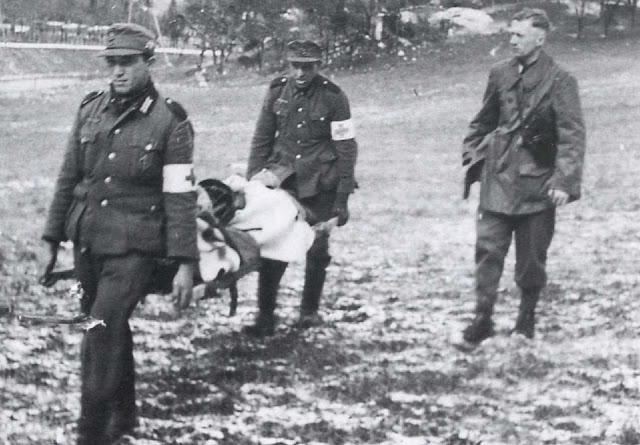
Unteroffizier Heimo Nussbaumer from Kampfgeschwader 76 (KG 76) recounts his story in Stalingrad: “Our 5th Staffel, IInd Gruppe of KG 76, was located on the field aerodrome of Tazinskaya. With our Ju 88’s, we mainly were sent out to attack big targets like the tractor factory, the big grain elevator, the ‘women’s antiaircraft’ on the Volga islands, and the ferries at night. Much later, we learned that the Russians had built a ford underwater across the Volga (I never saw one, which was completely impossible in the muddy and very restless waters!). As gunner, I not only was responsible for serving the machine guns, but also was board mechanic and target photographer. For the last task, I had a special camera with a 75mm tele lens, which could take thirteen photos per second (not a film camera). Often there was not much to be photographed in the besieged city, as a cloud of bomb explosions and shell impacts nearly continuously covered it. We only once had to attack a limited specific objective, which nearly earned us a quick ending as we could not drop the bomb (the target was not entirely in the aiming visor), and therefore the ‘coachman’ (pilot) had to recover the plane from the dive by hand, which meant it would take more than double the radius we would normally use. If the water level in the Volga had not been thirty meters below the city, we would infallibly have flown ourselves into the ground (diving speed at about 700 kilometers per hour).”

The attack on the oil tanks on the bank of the Volga
Source :
Book "Winter Storm: The Battle for Stalingrad and the Operation to Rescue 6th Army" by Hans Wijers

















































